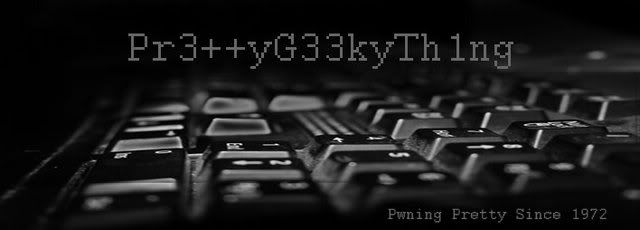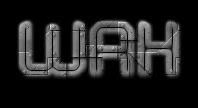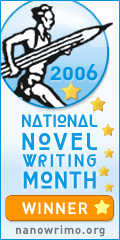I fear a lot of things. Clowns, spiders, mustaches, stuff on my hands and losing my USB drive are top on the list. While I can't do much about the first four, I decided to do something to lessen my fear of lost data through physical misplacement.
The very first thing that I thought of was to put a luggage tag on my drive. This seemed like a pretty good idea on the surface since pretty much every single USB drive comes with a lanyard and/or keychain attached to it. Why not put on a luggage tag right there?
Unfortunately, the luggage tag was too bulky and took away from the convenience of the drive. I then put label with my name and address on the drive but there was so little space on it that it was hard to get my entire message on the drive. There had to be a better way.
I then got to thinking that the USB drive has a lot of storage space. I could easily fit an entire NaNoWriMo novel (and gigs of electronic comics) on the drive. A "Send Me Home" message should be simple.
I figured that if I created a text file with instructions on how to return the drive on the drive root, the finder would probably be able to open it and read the instructions.
But what do you call the file? "Readme.txt", "Help! I'm Lost!.txt", and "Reward If Found.txt" all came to mind but there was nothing that really grabbed your eye. People often gloss over and ignore text files. I know I do. Too much like instructions.
The first file is an AutoIt script that I later compiled into an executable. The script was relatively simple and just provided instructions for how to get the USB drive back to me along with an incentive. The script is below.
#NoTrayIcon
Dim
$Message1
Dim $Message2
Dim $Message3
Dim $Message4
Dim $Title
$Title =
"Help! I'm Lost!"
$Message1 = "I've been lost and my owner would love to get my data back."
$Message2 = "Please return me to:"
$Message3 = "Garrick Pass 4715 Country Spring Rd Houston, TX 77084"
$Message4
= "You will receive a shiny new USB drive twice as big as this one for your trouble."
$Message5 = "Thanks for your honesty in advance. - Garrick"
MsgBox(266304,
$Title,$Message1 & @CRLF
& $Message2 & @CRLF
& $Message3 & @CRLF
& $Message4 & @CRLF
& $Message5) The second file was an autorun.inf file. If you have done some work with CD's, you may be familiar with this file. It essentially tells the computer what to do when the USB drive is put into the system or if someone double clicks or right clicks on the drive icon. Thank you, Windows XP.
I created the following autorun.inf file.
[autorun]
icon=Help!.exe
open=Help!.exe
action=Help! I'm Lost!
label=Help! I'm Lost!
shell\open\command=Help!.exe
shell\open=Help! I'm Lost!
When you plug the drive in, you get an AutoPlay window which looks like this:
When you click on the OK button, you see a message like this:

It isn't perfect, since the data is still viewable through Windows Explorer, but I'll go through the encryption process in a later post.







2 comments:
The compulsory nature of the autorun file seems to be a solid idea. But what if you lose it and they're an FBI agent who notices all the questionable downloads (such as copyrighted comic books)?
In that case, not only do they have the evidence of your crime but they have your address and a tacit admission of guilt as well.
Just a thought ...
Encryption, my friend. When a government agency can see my data I'll know it is time to find a new line of work.
Post a Comment